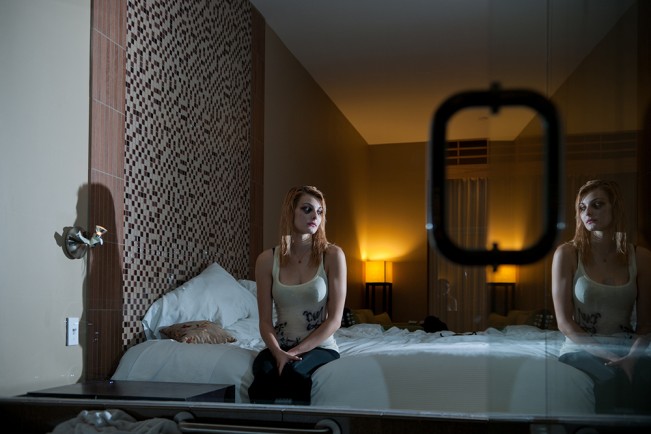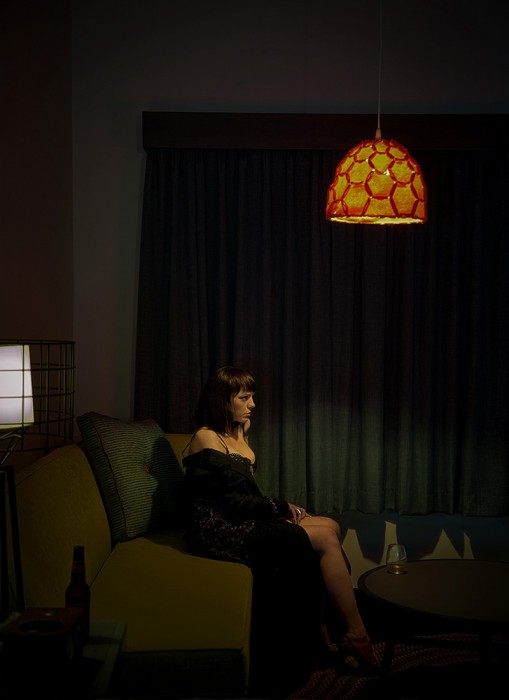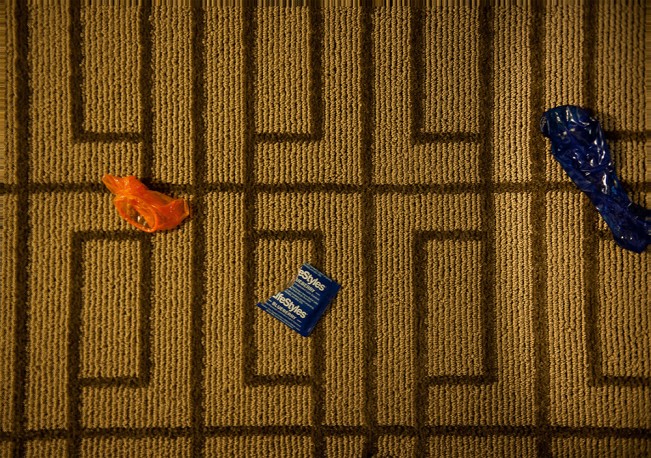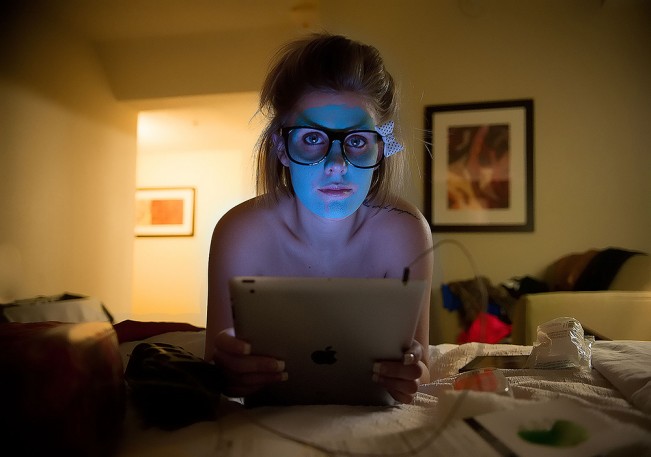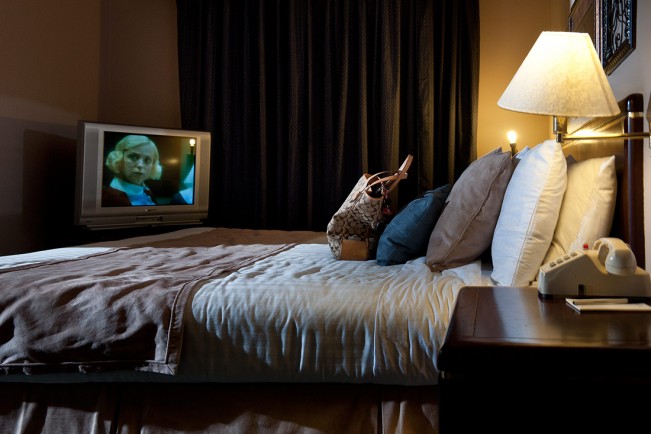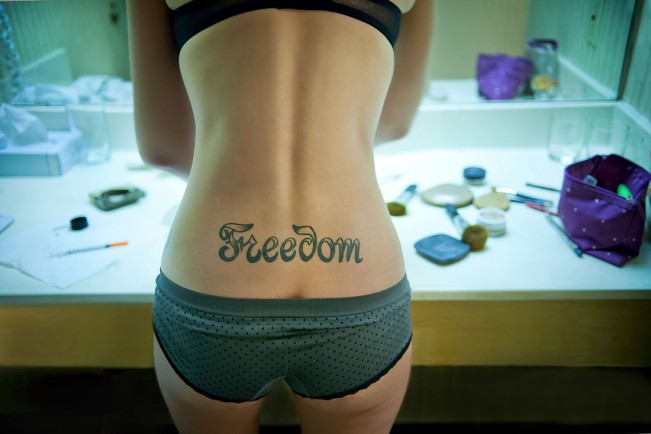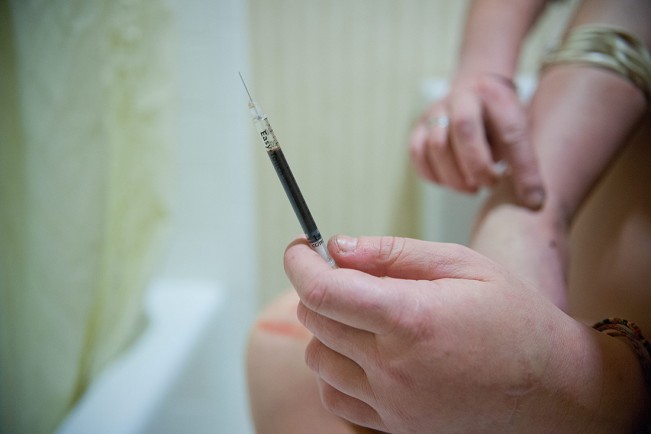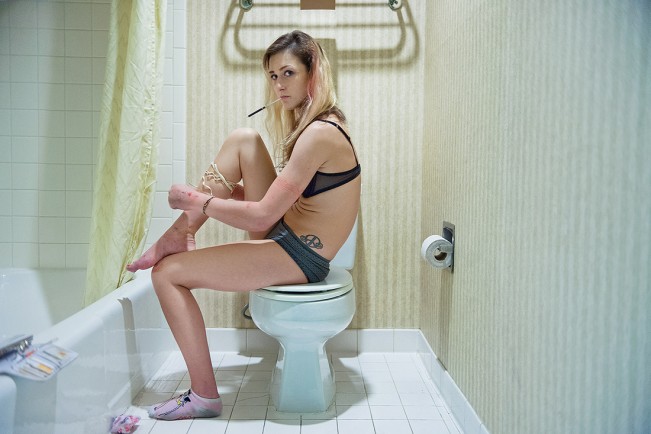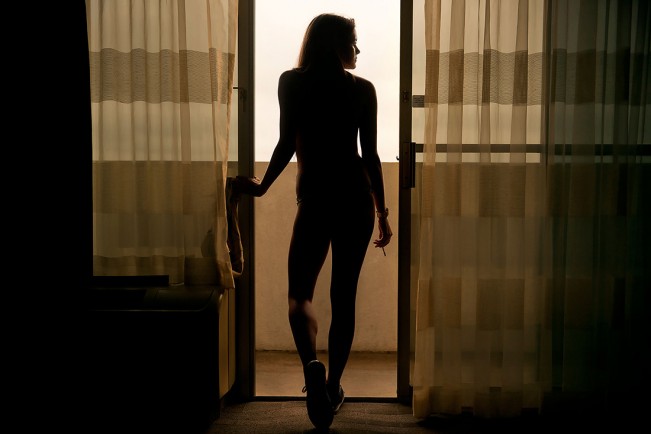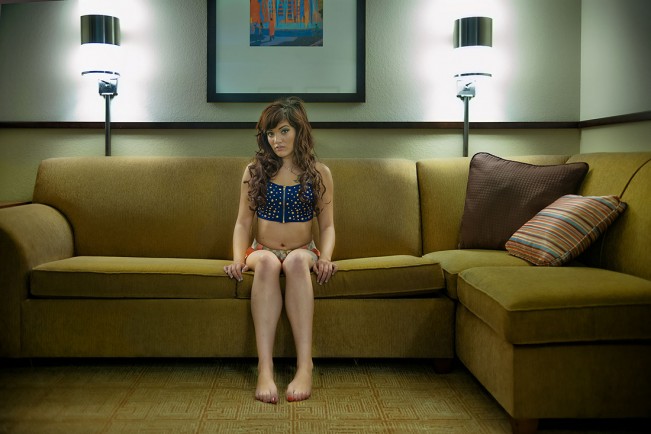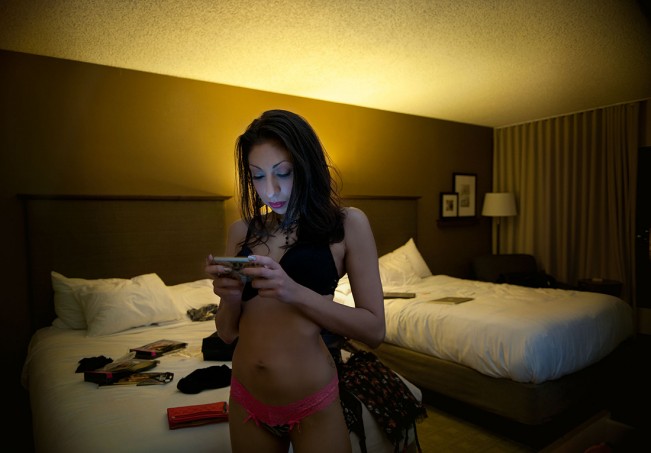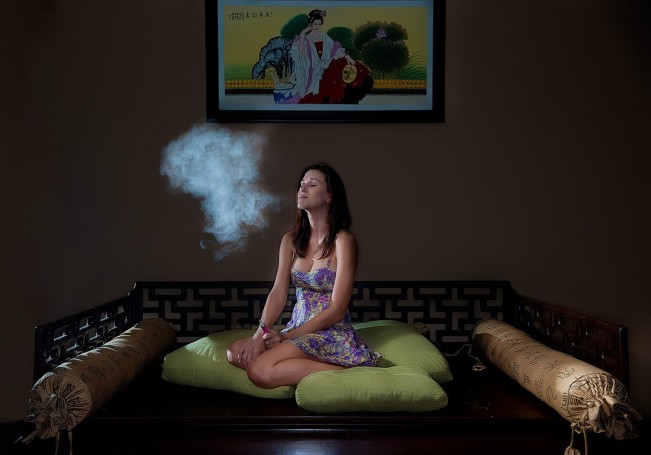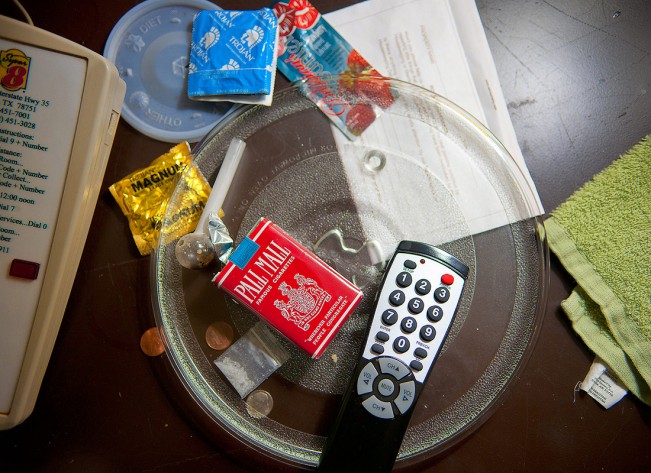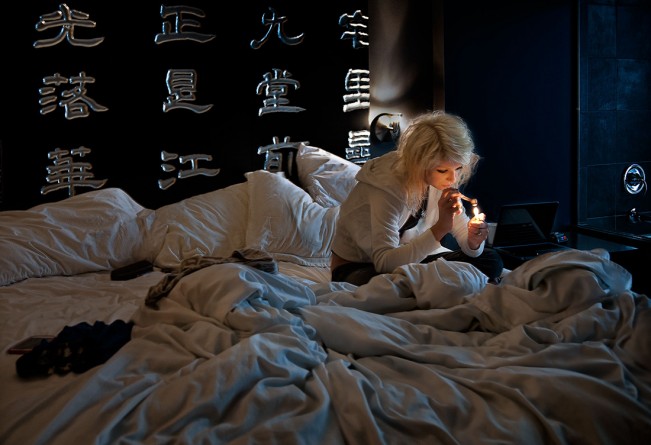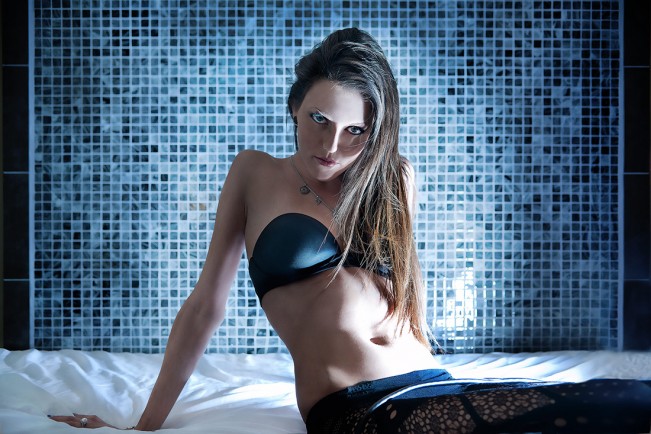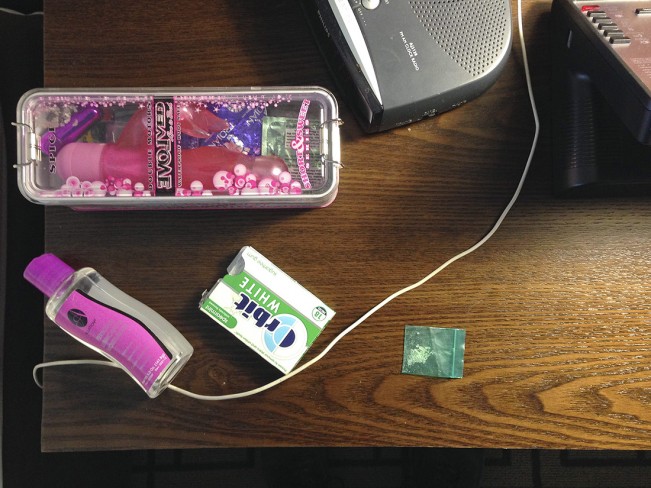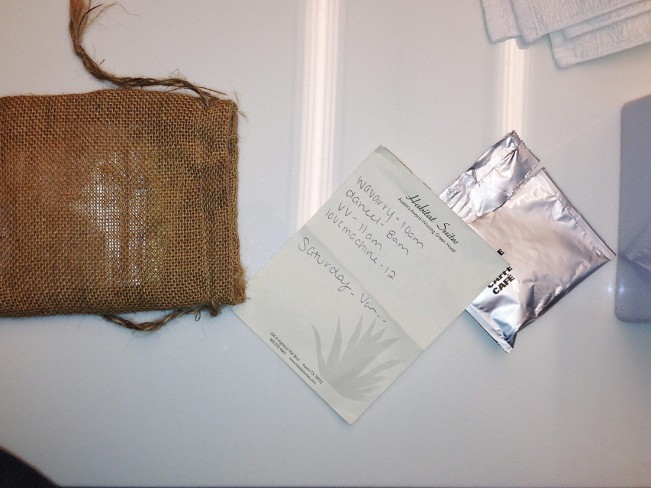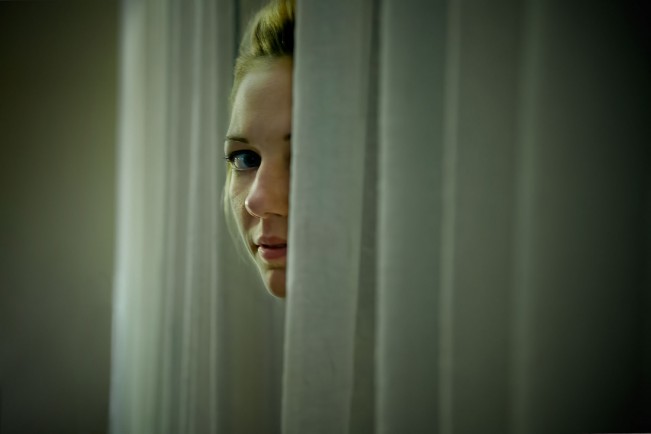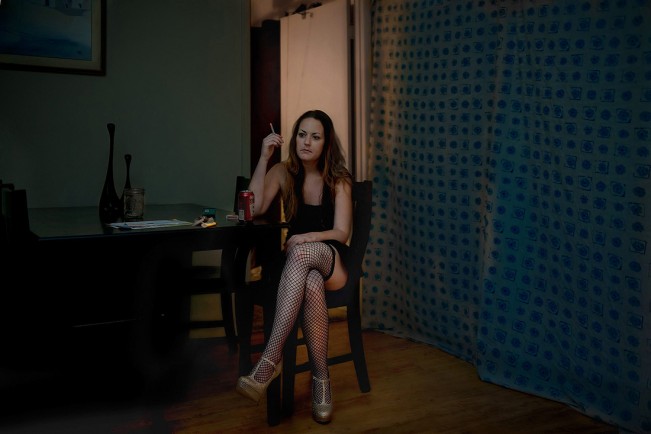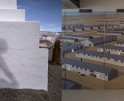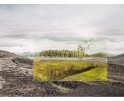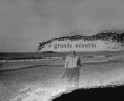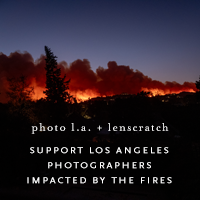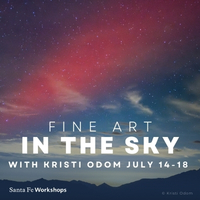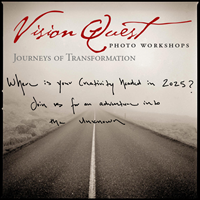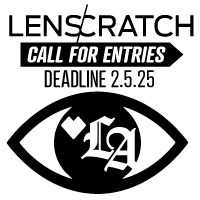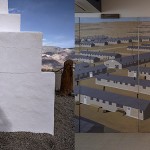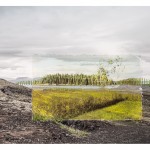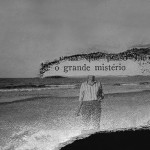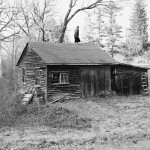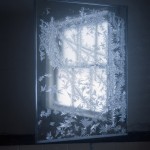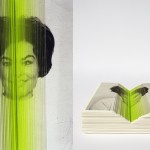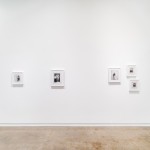Tom M. Johnson interviews Matthew Mahon
Whenever I come upon a portrait that moves me, I curiously Google the photographer of the image to view what else s/he has created. This is how I discovered Matthew Mahon’s work. Beyond the portraits, I always view the photographer’s personal work. I know that a portrait photographer’s images are often those that s/he was commissioned to make, not necessarily the person the photographer chose to photograph. In a personal project, the subject matter is meaningful and says much more about what entices and drives the photographer to make work. I was immediately taken by Mathew’s project Under/Austin, an intimate series of portraits, still lifes, and moments of prostitutes (providers) in and around Austin, Texas. What allured me to this work was it wasn’t a typical fine art project; rather Matthew’s images have an editorial feel to them. He’s not just documenting the women; he’s engaging with them to make dynamic pictures.
I recently contacted Matthew when I was in Austin for work. We met for dinner at his ranch about 30 miles north of Austin. When I arrived, he waved me over to where he was working on one of the sheds that house his 12 horses. Fortunately he had his eyes on me, because I was about to walk right behind one of his horses, and he quickly warned me to back away. I had no idea that I could get seriously hurt walking behind a horse. I’ve never had much horse sense.
Since Matthew moved to Austin 17 years ago, he’s had a very successful career. He is represented by Redux in New York and has a long list of clients: Forbes, Wired UK, AARP, Fast Company, Blue Cross Blue Shield, and The New York Times Magazine to name just a few. Matthew is highly energetic, and if not making pictures he’s working on his ranch. Matthew is also one of the founders of Texas Photo Roundup. After getting to know Matthew, I thought he and his project Under/Austin would make for a provocative interview.
It’s often not one but several factors that set an artist to commit to a demanding endeavor. In the project statement, Matthew notes that his first sexual experience, arranged by his friend’s uncle, with a prostitute left an indelible dent upon his psyche. Then there is the work of Phillip Lorca Dicorcia, whose images made a strong impression upon Matthew even before DiCorcia’s iconic NEA funded project on male prostitutes, Hustlers, had been published. Matthew had always been inspired by DiCorcia’s unique ability to frame and dramatically light a narrative, however once Hustlers appeared on the national scene the seed was planted, and it would only be a matter of when Matthew would begin his work with female prostitutes. There are obvious comparisons between the two bodies of work, the isolation and loneliness of the subjects, yet Matthew’s approach with his subjects was more organic. Whereas DiCorcia’s work was staged; he and his assistant set up the lights and composed the frame, found their subject, then injected them into the scene, Matthew worked on developing relationships with the women, and as he grew more familiar with them the images evolved and became more so collaborations.
Matthew spoke about how he met the women and his relationships with them. As noted in his artistic statement, he made contact with the women via escort websites. When he initiated the project, Matthew would set up a rendezvous with a provider at a location of her choosing, yet he quickly learned that that practice wasn’t productive. Once they saw him dragging his gear up to the room, their immediate inclination was to decline. From a few unsuccessful attempts, he learned that it wasn’t as intimidating for the women if they met at a neutral location where he had his laptop available to demonstrate that he and his work were legitimate. He offered to pay for one hour yet wanted two hours of the provider’s time. With experience, he learned immediately whether the girl had a pimp or worked solo. If he sensed the woman was managed he’d terminate the contact knowing that a pimp would only interfere with Matthew’s intentions. Matthew mentioned that generally if the woman is managed, she follows her pimp’s rules, whereas the woman who works solo makes her own. Deeper into the project he felt that he developed a reliable sense if a woman would be a good subject and many of them embraced the creative process and their role in making interesting and provocative images.
Matthew admits that growing up with three older sisters was a huge asset, and instinctively he used this to his advantage. Not only did this informal education give Matthew a better understanding and empathy for the providers, they as well did not intimidate him. Essentially, he was at ease with himself, and they in turn let their guard down with him. A few of the women went as far as to tell Matthew that they wished that their clients were like him.
As Matthew delved deeper into the project, he became aware that many of women used drugs to numb themselves, and a joint was as common as a cigarette. Of the 72 women that Matthew photographed there were only two who did not indulge in drugs. And, some of the women were Heroin addicts, including a few he never suspected. Eventually, Matthew did drugs with some of the women, Mollys and Meth, and a 2-hour session would often turn into an all-nighter. Noted Matthew, “When they walked into my motel room, I walked into their world. And, when I did drugs with them I leaped into their world.”
As the project developed momentum and fed itself, contacting and photographing the women became Mathew’s obsession, and his life began to mirror the rhythm of a sex-worker. Matthew felt a kinship with the women. He confessed that like him the majority of them were raised by dysfunctional families and damaged. He related to the women and even became friends with a few. Eventually, the intensity of the project wore him down, and after nearly two years Matthew realized that he had had enough and needed to wind it down. He admitted, somewhat tragically, that although he had the means to return to normality many of the women he photographed could not.
UNDER / AUSTIN
On a fishing trip with my high school friend Doug and his Uncle Nolan, I lost my virginity to a prostitute when I was 14 years old. I understood whom this woman was and that she was being paid to have sex with me. However, it really hit home when she said, “Don’t worry about the money. Nolan took care of it.” This experience shaped my view of intimacy, and though my first sexual encounter lacked love and closeness, it afforded me an allure toward women in the sex-industry. An attraction I did not have for women who were not. I began this series in an attempt to understand what that draw was about.
Most of the time, I found the women on Backpage or Eccie, “escort-client information exchange” websites, and paid them their hourly rate to create images.
We would meet in a hotel room, and after talking and them agreeing- I would slowly begin to photograph them doing whatever they wanted. If asked what to wear, I always replied with “something you feel confident in.” Some of these shoots lasted 45 minutes, while others would stretch on for 8-10 hours into the early morning. To produce a level of intimacy, I wanted minimum separation between the women and me. For most, there were drugs involved. The numbing becomes necessary and is a major occupational hazard that enslaves many for life.
I wanted to provide an opportunity for these women to be thought of and seen differently than they normally are. My goal was to give each image a placid feel and to display itself as its own little universe. Women find themselves in this occupation for one reason, the money. This is not about being a “slut,” “whore,” or “slag” — it’s about a primal urge for survival. The irony: the profession often leads in the opposite direction. It was those inward pensive moments that I often captured that I felt best depicted that mindset.
Is it the independence, power, danger, pain, or sadness that entices me? It’s a combination. At 14 years old, I should not have been in that room. After hearing stories about being gang raped at 15, or having one’s mom pimp her out to buy drugs while she went hungry, I have realized that it’s a kinship or empathy that lures me. I know they are going to understand me. After realizing this I became sensitive about how the women would be viewed because in some way these portraits are about me.— Matthew Mahon
Bio for Matthew Mahon:
Matthew studied under the tutelage of Martha Rosler at Rutgers University and graduated in 1991. Matthew continues to prove his father wrong with his rise in the photography food chain. He is a son, a brother, a friend, a rancher, a lover of pajamas, and strides towards living a more “glamorous” lifestyle, like P.Diddy or Morrissey.
Editorial clients include The Atlantic, Business Week, Discover, ESPN, Forbes, Money, New York Times Magazine, Newsweek, People, Texas Monthly, Time, Washington Post Sunday Magazine, Wired, XXL.
Clients for print advertising include: AMD, AT&T, Dell Computers, Kirtland Records, Marriott Hotels, SBC, Spheris, Southwest Airlines, T-Mobile, Unscrew America and Water IQ
Posts on Lenscratch may not be reproduced without the permission of the Lenscratch staff and the photographer.
Recommended
-
James Nakagawa: American TruthsJanuary 22nd, 2025
-
Donna Bassin: Environmental MelancholiaJanuary 14th, 2025
-
Carolina Krieger: The intertwining of the abyssDecember 28th, 2024
-
Sylvia Sanchez: Out of the OrdinaryDecember 27th, 2024
-
Interview with Dylan Hausthor: What the Rain Might BringDecember 23rd, 2024

